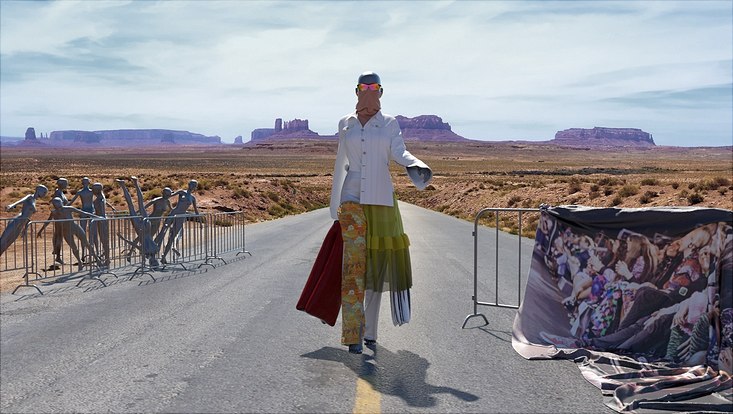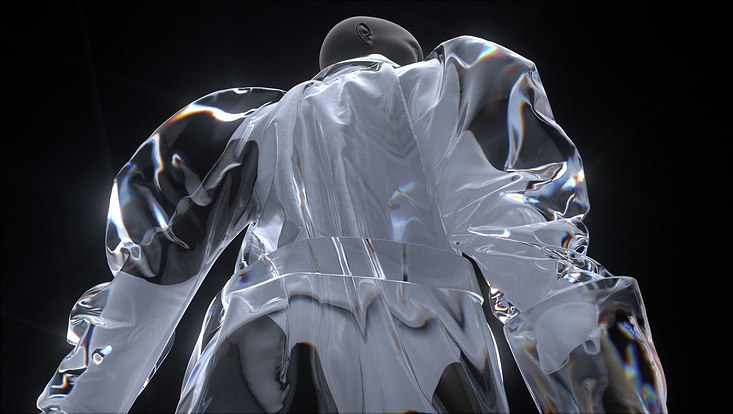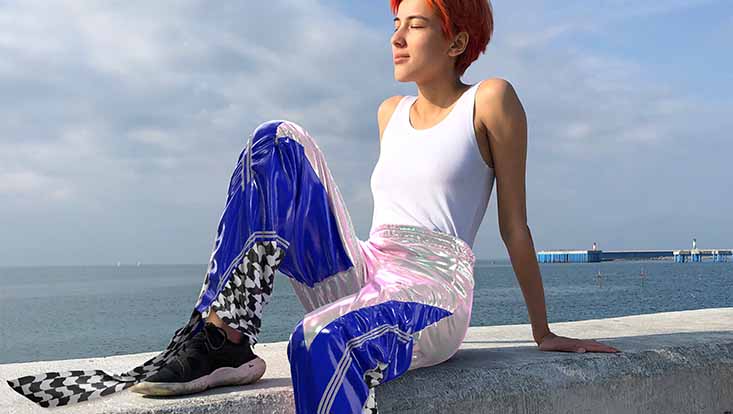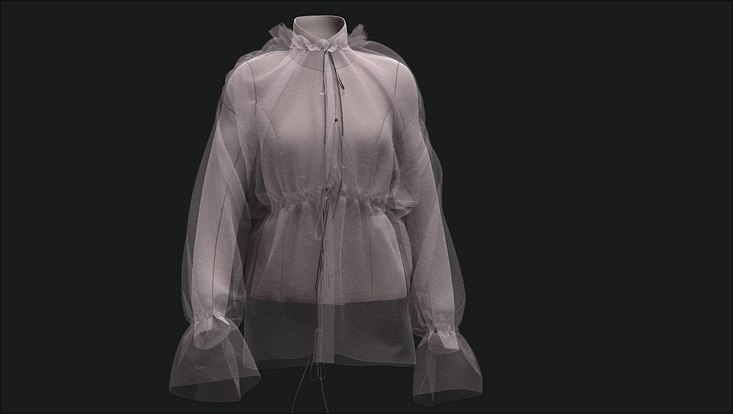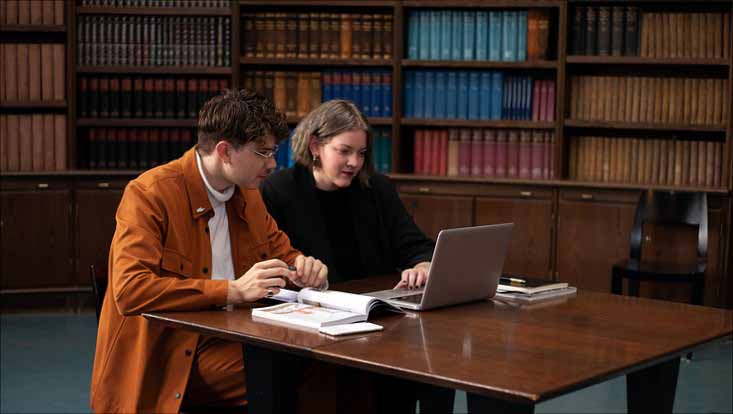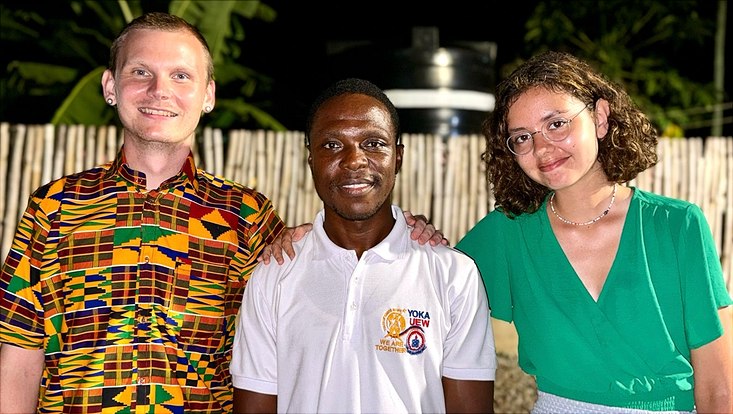Support for Student Research GroupsFashion of the Future? Buying Nonfabric Clothing
21 January 2021, by Christina Krätzig
Within the framework of the Excellence Strategy of the Federal and State Governments, Universität Hamburg is announcing a new funding round for student research projects. In this program, the University is currently funding 17 projects, including one conducting research on digital fashion.
Judith Brachem, a second-semester master’s student, and Lucas Stübbe, a seventh-semester undergraduate student, both study art history. In their research project, they examine the increasing shift of life to digital spaces and the resulting trend to create virtual fashion only.
Ms. Brachem, Mr. Stübbe, you focus on virtual fashion. What is that exactly?
Lucas Stübbe: It concerns clothing that does not exist in the real world. They are created by computer and three-dimensionally programmed. Buyers are not buying an object but rather a picture of themselves in the respective item of clothing.
What is the purpose of this?
Judith Brachem: The purpose of fashion is something that people have always questioned. Fashion distinguishes itself from clothing through change: I can wear clothing forever, but fashion reinvents itself each year, each season, or even each month. It is about the staging of self. People need fashion not to stay warm but rather to show the world who they are. Through fashion, people can demonstrate their belonging to or their distinction from certain groups.
Lucas Stübbe: And that also applies to virtual fashion, of course. Nowadays, even real clothing is sometimes purchased only to appear on social media channels. This development was already underway before the coronavirus, but it has gathered speed during the pandemic. We are shifting the staging of self into the private sphere and into the virtual world. It is therefore a logical step to no longer actually produce the clothing required. There are already purely virtual influencers, like Lil Miquela— an avatar, a fictional character, that has 2.8 million followers on Instagram.
Is buying virtual fashion more sustainable than buying real clothing?
Judith Brachem: The sustainability aspect definitely plays a role. In order to produce virtual fashion, we do not have to grow cotton, for example, and we therefore do not have to use natural resources.
Lucas Stübbe: Still, the production of virtual clothing also requires resources, such as data volumes and working time. By the way, there are also transitions today. The big brands are producing designer pieces in reality and virtually, enabling customers to try them on online so that they can decide whether or not they want to buy the real pieces. This is fairly widely practiced and works when buying glasses, for instance.
What do you have planned in your research project? How are you approaching this?
Lucas Stübbe: We will examine the existing literature on this emerging phenomenon and conduct interviews with researchers and designers. For this, we want to travel to London, for example, where the currently most important virtual labels are based. At the end of 2021, we are planning an exhibition, in which we will present our findings.
Judith Brachem: And as is common with art historians, we will also concern ourselves with the works themselves. I am also considering purchasing a virtual item of clothing, for example. It would be my first.
How much do you have to pay, and how does it work?
Judith Brachem: It starts at €30. I have to send 2 photos, well lit and in tight-fitting clothing that will be replaced by the virtual clothing. Financially, this option is at the lower end of the scale. If you pay more, you can even sometimes get a moving image: a short film sequence, in which the new clothing sways with each step or blows in the wind.

Register now: a new grant round has started
Funding for student research groups is entering the second round. Those interested can apply up to 28 February 2021. A total of €100,000 is available from the funds of the Excellence Strategy of the Federal and State Governments, with a maximum of €10,000 per project.
If you are interested in applying, find the necessary supporting documents below:

